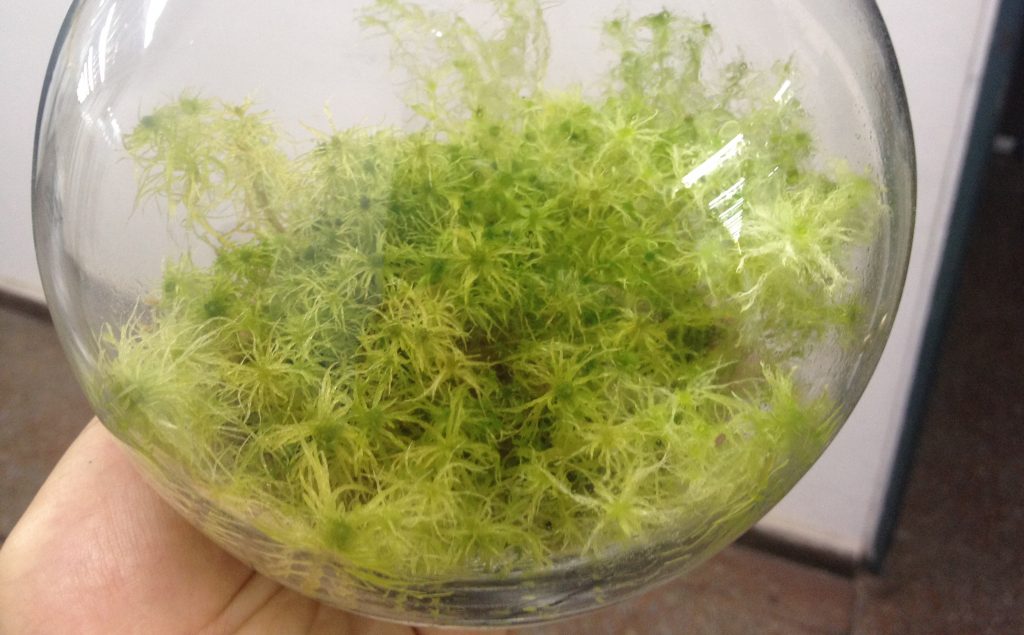José Rebolledo, Verónica Morales, César Saéz-Navarrete.
JI3 2017, number 8, pages 72-81.
ABSTRACT
Significant efforts have been made in recent years towards reducing pollution in the different regions of Chile, especially in areas where a strong industrial presence translates into the release of vast pollutants into the environment. This situation is true for smelters, the emissions of which can cause health problems for local communities. In areas that are isolated or have restricted resources, air quality studies are often limited due to the associated costs. Simpler and cheaper air quality measurement techniques have been developed in response to this need, such as the moss bag technique. The moss bag technique quantifies the presence of metals in the air; however, standardization remains pending. This method utilizes inert moss and requires an understanding of material-deposit mechanisms and of subsequent interactions with the moss. The geometry of the device can particularly influence the amount of material captured over a certain time period. This study adopted a descriptive mathematical model to establish particulate matter accumulation on the moss bag surface and assess how different surface properties influence the accumulation phenomenon. Non-steady state material and momentum balance equations were solved using finite elements and the MATLAB® v.2014ª and COMSOL® Multiphysics v.5.2ª programs. An electrostatic effect increased the amount of accumulated material by approximately 29%. Additionally, the fluid mechanics of the system and wind-device shape interactions were studied. While classic device shapes (e.g. flat and spherical) similarly accumulated particulate material, the proposed hemispheric shape comparatively facilitated particulate material accumulation.
Keep reading…
